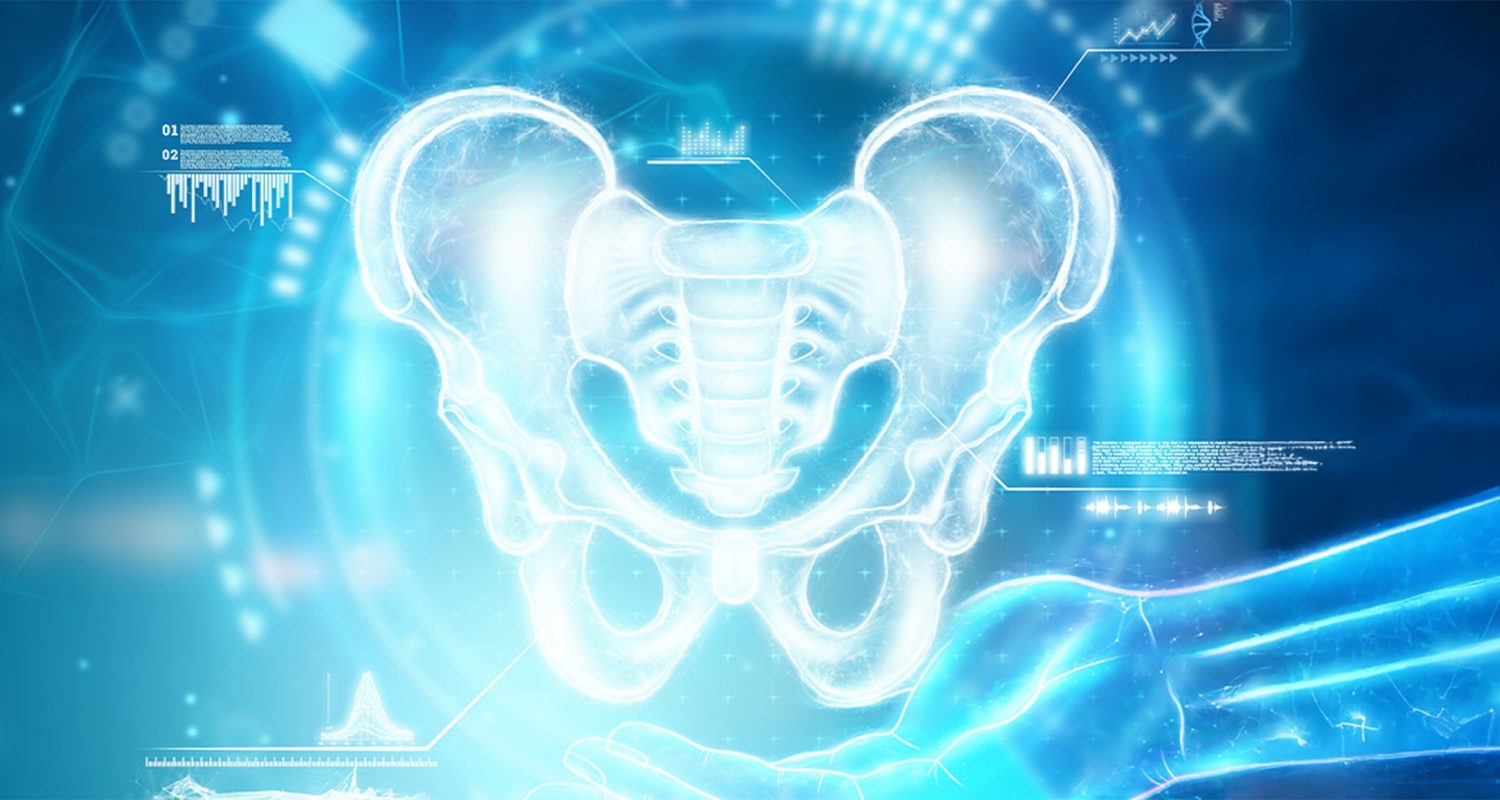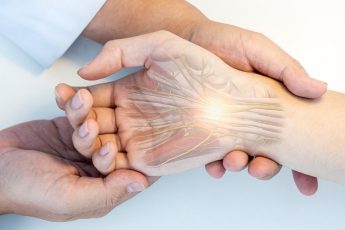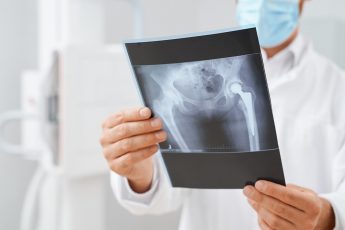
Pelvic Pain: Causes, Treatment Options, and When to See a Doctor
Pelvic pain is one of those health issues that can creep up stealthily, hang around without definitive explanations, and impact almost every area of daily living, from how you move to how you sleep. But too many people live in silence, not knowing if what they experience is “normal,” too ashamed to discuss it, or not knowing that there is help out there.
This blog hopes to personalise the pelvic pain experience, highlight what may be the cause of it, and provide tips on how to go through the process of healing.
Common Causes of Pelvic Pain
Since the pelvis contains a number of organs and systems, the causes of pelvic pain can be numerous. Some of the most common causes are:
Gynaecological Issues (in women)
Endometriosis: If tissue that looks like the lining of the uterus grows outside the uterus, it may result in persistent pain, particularly during menstruation.
Pelvic Inflammatory Disease (PID): A bacterial infection of the reproductive organs that, if not treated, can result in ongoing pain.
Ovarian Cysts: Fluid-filled sacs on the ovaries that may result in pressure, bloating, and pain.
Fibroids: Uterine growths that are not cancerous but press against surrounding organs, causing pain.
Urological Causes
Urinary Tract Infection (UTI): A frequent offender, particularly if there is a burning sensation during urination.
Interstitial Cystitis: Also referred to as painful bladder syndrome, it results in bladder pressure and pain that can increase as the bladder fills.
Prostatitis (in men): Prostate gland inflammation can lead to pain during urination or ejaculation.
Gastrointestinal Conditions
Irritable Bowel Syndrome (IBS): Marked by cramping, bloating, and altered bowel habits.
Constipation: Long-term trouble with bowel movements can tighten up the pelvic muscles.
Inflammatory Bowel Disease (IBD): Such as Crohn’s disease and ulcerative colitis, may cause abdominal and pelvic pain.
Musculoskeletal Issues
Pelvic Floor Dysfunction: When the muscles that hold up the pelvic organs get tight or weak, this results in pain and pressure.
Hernias: A bulge or weakness in the abdominal wall may send pain into the pelvic area.
Nerve Entrapment: Occasionally, nerves in the pelvis (such as the pudendal nerve) are compressed, resulting in sharp or burning pain.
Emotional and Psychological Factors
We sometimes forget how close the body and mind are. Long-term stress, trauma, or anxiety can manifest as bodily symptoms — including pelvic pain. Actually, individuals who have experienced a history of abuse or PTSD are more likely to experience stronger and longer-lasting pelvic pain.
When Should You See a Doctor?
Most individuals delay consulting a specialist regarding pelvic pain, attributing it to regular cycles or daily stress. But this is something — pain is how your body is signalling that something is amiss. You are entitled to be heard and supported.
You need to see a doctor if:
The pain is severe or getting worse.
It lasts longer than a few days.
It is affecting daily life or sleep.
It’s associated with unusual bleeding, fever, bloating, or digestive problems.
Even if the pain is periodic, it’s still worth looking into.
Diagnosing Pelvic Pain
There is no single test for pelvic pain. A good diagnosis begins with a thorough discussion. A healthcare provider can ask about your medical history, menstrual cycles (if applicable), digestion, and sexual health. This may be followed by:
Physical examination
Pelvic ultrasound
CT scan or MRI
Urinalysis or blood tests
Laparoscopy (in some complicated cases)
The goal is not simply to “find something” but to eliminate what it isn’t and hone in on what it is.
Treatment Options: Relief Is Possible
The treatment for pelvic pain varies based on the underlying cause — and sometimes, a combination of methods works. Here are a few typical ways to find relief:
Medications
Pain relievers (e.g., NSAIDs such as ibuprofen)
Hormonal treatments (particularly for endometriosis or menstrual cramps)
Antibiotics (for infections)
Neuromodulators or antidepressants (for pain due to nerves)
Physical Therapy
Physical therapy for the pelvic floor can be a life-altering experience. It involves relaxing tightened muscles, strengthening weakened ones, and re-gaining control of pelvic function.
Lifestyle Changes
Changes in diet (if IBS or constipation is a factor)
Daily gentle exercise (such as yoga or walking)
Mindfulness or stress-reduction activities
Surgical Intervention
In instances of endometriosis or fibroids, less invasive surgery might be suggested to take out troublesome tissue.
Psychological Counselling
Cognitive-behavioural therapy (CBT), trauma therapy, or support groups can assist in working through emotional trauma associated with chronic pain.
Why Compassionate Care Is Important
Pelvic pain can feel lonely. It might interfere with work, relationships, intimacy, and identity. Many report feeling dismissed or misunderstood — informed it’s “all in their head” or “something they have to live with.”
You don’t have to live in silence or discomfort.
Healing begins with empathetic care — care that listens without judgment, examines thoroughly, and provides a whole-person approach to healing.
If you or someone you care about is experiencing ongoing pelvic pain, understand that there is hope — and there are experts who get this process.
Conclusion
Our Pelvic and Hip care department At Adam Vital Hospital, we provide a comprehensive, compassionate solution to pelvic pain. With skilled doctors, diagnostic equipment, and rehabilitative care, we’re here to help you identify the cause of your pain and lead you to long-term relief.
Your comfort, well-being, and peace of mind are important. Let’s work together to take back your health — because no one should have to live in pain.




